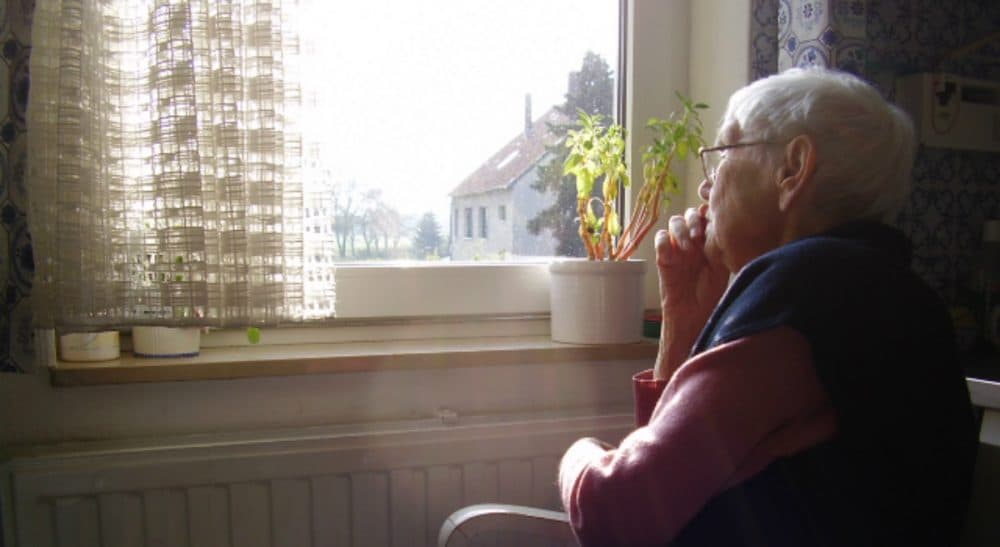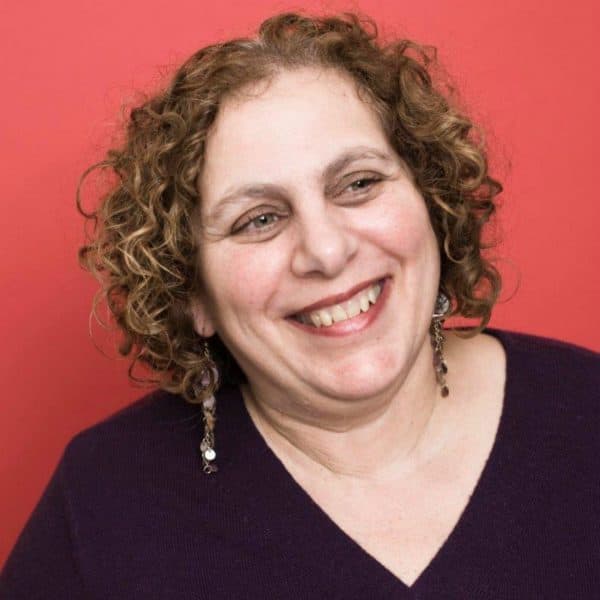Advertisement
Does Caring For The Elderly Require Us To Segregate Them?

The subject line is always the same: It is with great sadness.
Last week my mother and her fellow residents of an independent and assisted living facility got three such messages. Each informed them of a death.
“It’s like a storybook,” my mother said, still reeling from the onslaught. “Like I’m hearing about someone else’s life.”
Less like a story, more like a war, I thought.
“We make friends so quickly here,” she continued, “because we’re thrown together in classes and meals and movies. But also because we know what little time we’ll have together.”
I understand the sense of urgency that comes with age. At 60, I’m keenly aware of having limited time, and have a new clarity about how I want to spend it. But the kind of existential stress my mother describes seems like a unique product of the segregation of the elderly, the artificial concentration of people who share an ever-increasing chance of not waking up tomorrow.
The U.S. Census Bureau predicts that by 2050, one in five Americans will be 65 or older. And according to caregiver.org, by that time the number of people using paid long-term care services — whether at home, in assisted living or in skilled nursing facilities — will likely double from 2000 levels, increasing to 27 million people. Still, studies have shown — and conversation and common sense confirm — that most Americans would prefer to receive elder care in the home or local community, not in specialized facilities. And friends and family are doing their best to oblige. An estimated one out of every five households provides care to people aged 18 or over, and many caregivers find gratification in being able to give back, despite the undeniable financial and emotional strain of being stretched in so many directions.
Advertisement
this is not a call to abandon institutions, but to reimagine and reshape them. In segregating the elderly, we don’t just isolate them. We deprive ourselves.
“Now she’s simply happy to see me,” a friend wonderingly said of her mother, whose dementia has turned a complex and fraught relationship into an uncomplicated and easy one. Though my mother’s not cognitively impaired, I can relate. I’m gratified to know that simply by being present, I bring her comfort.
But still, she doesn’t live with me, and it’s not just because our house has too many stairs.
No, there are some good reasons why my mother and so many elderly who can no longer live alone live instead, with each other. It’s challenging to provide physical assistance, as well as social and intellectual stimulation, to people whose physical limitations would otherwise isolate them. We look to institutional solutions because individual care-giving is just too hard for those of us with day jobs, other dependents and what we sometimes experience as the shameful desire to have time for ourselves.
So this is not a call to abandon institutions, but to reimagine and reshape them. In segregating the elderly, we don’t just isolate them. We deprive ourselves. We lose the chance to witness the faltering but still occasionally flaring resilience of an octogenarian hell bent on finding pleasure in the small things — the thrilling crack of lightning, the scent of autumn leaves, the slow sticky taste of a hot fudge sundae. We don’t learn the art of adaptation through compassion, of coping with the latest infirmity or loss of dignity by recognizing that, “It could be worse. I could be going deaf in a sweltering refugee camp.” We miss out on the deep, almost mordant camaraderie that arises among the elderly as it does between soldiers.
Aging need not be a war in which young men and women send old fighters off to the front on their own. Instead, the graying of the population should invite us to be more intentional in how we help one another across generations. One of the few and unanticipated benefits of the recession is that it’s forced us to revert to more intergenerational ways of living. Since 2008 there’s been a spike in the number of adult children returning to their parents’ home (or never leaving it). And some of those adult children have children of their own; in 2011, one in 10 children in the U.S. were living with a grandparent. Financial hardship is reacquainting many Americans with a sense of purpose. From an early age, even as children playing with dolls and pets, we are motivated to learn, earn and grow so that we can care for others.
the graying of the population should invite us to be more intentional in how we help one another across generations.
But it’s emotionally easier to give care than to receive it, so as I age, I want to live in an intentional community that allows opportunities to do both. I’m just starting to explore co-housing models, talking to friends and family, learning about the logistics and finances of a multi-generational urban co-op with common space, salaries for some live-in helpers and organic opportunities to hang out with, maybe even teach and entertain fellow residents who are half my age.
I don’t know if I’ll ever advance beyond daydreaming, but I do know that I want my husband and I — and our kids -- to have more viable and humane choices. I do know that in the future, I want at least some of my emails to announce, It is with great joy …
